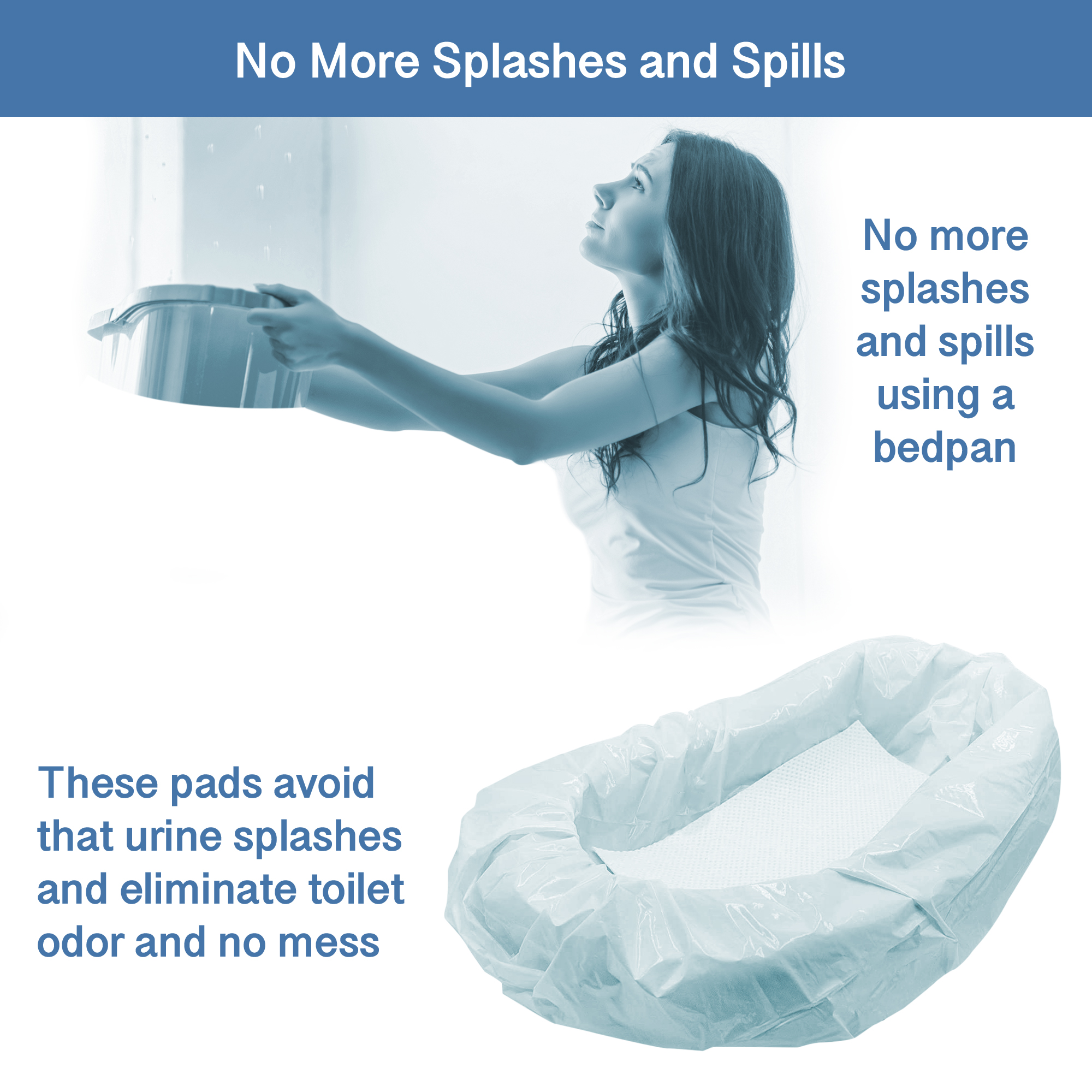Positioning pads play a crucial role in patient care, providing comfort, support, and stability during various medical procedures and interventions. While these pads offer numerous benefits, healthcare providers must prioritize patient safety when using them. This article aims to outline essential guidelines for healthcare providers to ensure the safe and effective use of positioning pads in clinical settings.
1. Proper Selection of Positioning Pads
Healthcare providers should select positioning pads based on the specific needs of the patient and the procedure being performed. Different pads are designed for various purposes, such as pressure redistribution, support during surgeries, or maintaining a specific body position. It is essential to choose the appropriate pad to meet the individual requirements of the patient and the intended use.
2. Thorough Assessment of Patient Needs
Before using positioning pads, conduct a comprehensive assessment of the patient’s medical history, physical condition, and any potential contraindications. Consider factors such as skin integrity, allergies, and any pre-existing conditions that may affect the patient’s response to the positioning pad.
3. Regular Inspection and Maintenance
Healthcare providers must routinely inspect positioning pads for signs of wear, damage, or contamination. Pads that show any deterioration should be immediately removed from service and replaced. Regular cleaning and maintenance, following the manufacturer’s guidelines, are essential to prevent the spread of infections and ensure the longevity of the pads.
4. Proper Positioning Techniques
Correct positioning is critical to the effectiveness of the pads and the safety of the patient. Healthcare providers should be trained in proper positioning techniques to ensure the pads are placed securely and do not compromise the patient’s circulation, respiratory function, or skin integrity. Attention to detail is crucial, especially during lengthy procedures.
5. Monitoring Patient Vital Signs
Continuous monitoring of the patient’s vital signs is essential when positioning pads are in use. This includes monitoring blood pressure, heart rate, and oxygen saturation. Any signs of distress or changes in vital signs should prompt immediate reassessment and adjustment of the positioning pads.
6. Patient and Caregiver Education
Educating patients and caregivers about the purpose and use of positioning pads is essential for patient safety. Provide clear instructions on how to communicate any discomfort or concerns while using the pads. Additionally, caregivers should be aware of the signs of potential issues, such as pressure ulcers or restricted circulation.
7. Documentation and Communication
Accurate documentation of the use of positioning pads, including the type of pad used, positioning techniques, and any patient responses, is crucial for continuity of care. Effective communication among healthcare team members ensures that everyone involved in the patient’s care is aware of the specific details related to the use of positioning pads.
8. Stay Informed about Advances in Positioning Pad Technology
Healthcare providers should stay informed about advancements in positioning pad technology and safety guidelines. Regular training sessions and updates on best practices can enhance the skills of healthcare professionals, ensuring that they are using the latest and safest techniques.
Conclusion
Positioning pads are valuable tools in healthcare, contributing to patient comfort and safety during various medical procedures. Adhering to these guidelines will help healthcare providers use positioning pads effectively, minimizing the risk of complications and enhancing the overall quality of patient care. Patient safety should always be the top priority, and proper training and adherence to guidelines are essential for achieving this goal.


